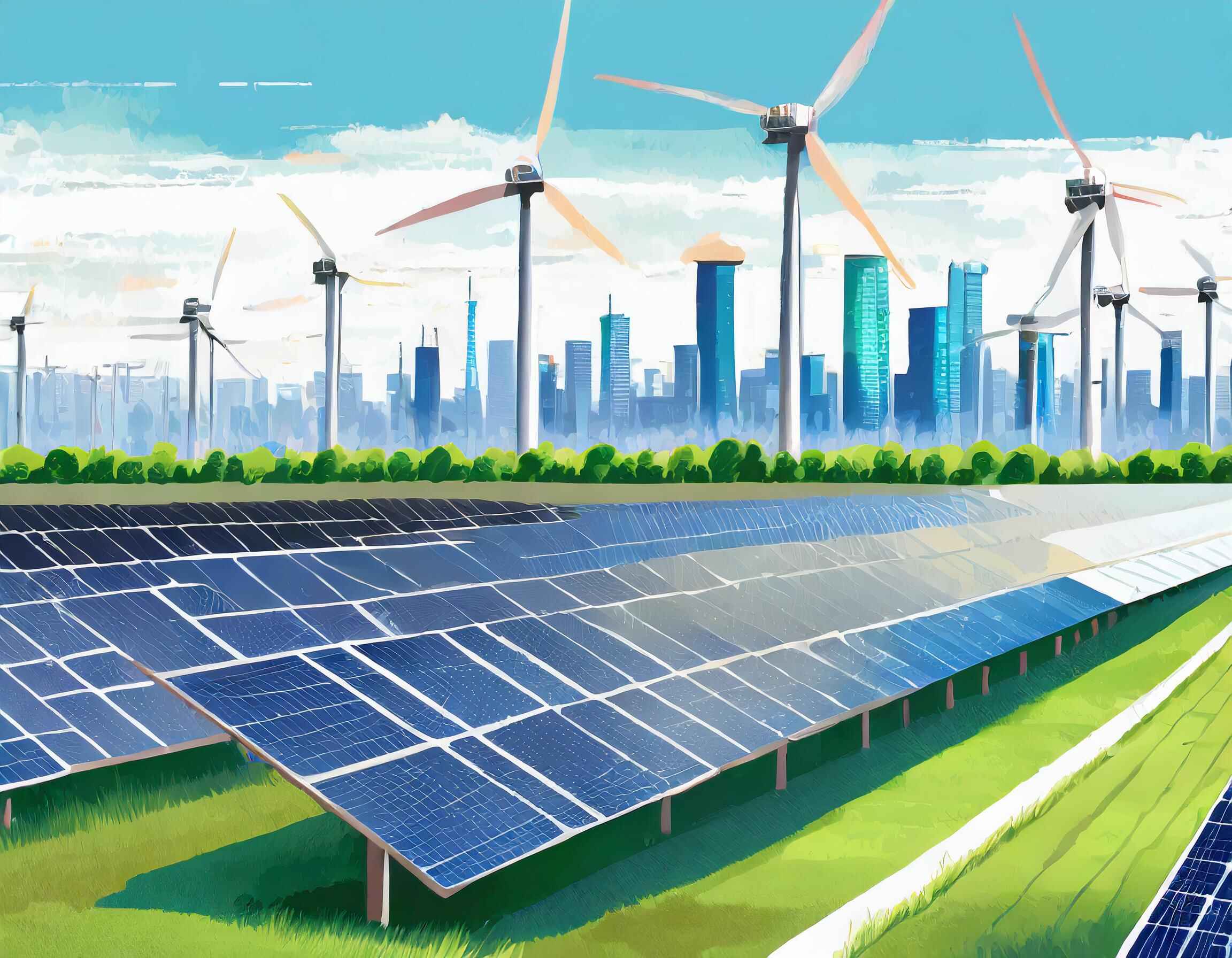The fight against climate change took a significant step forward at the COP28 summit in Dubai. Participating nations made a historic pledge to transition away from unabated fossil fuels, emphasizing the critical role of renewable energy. The ambitious goal: tripling renewable energy capacity by 2030. This commitment presents a massive opportunity for investors seeking to align their portfolios with sustainability.
The International Energy Agency (IEA) estimates that achieving this target would require an additional 8,710 gigawatts (GW) of clean energy capacity by 2030. While solar and wind power are expected to contribute the lion’s share (80%), other technologies like nuclear, hydropower, hydrogen, and battery storage will play crucial supporting roles. These solutions will be essential for ensuring grid stability and integrating variable renewable energy sources into existing grids.
So, where should investors look to capitalize on this burgeoning market? By analyzing the quality of low-carbon technology patents held by companies, here are sectors and companies with strong innovation potential in renewable energy and related technologies.
Leading the Charge
The consumer discretionary and industrial sectors stand out with some of the highest-quality patents in solar, wind, energy storage, and energy supply technologies. This indicates that companies within these sectors are actively investing in research and development, positioning themselves to be at the forefront of the renewable energy revolution. Here are some examples:
Toyota Motor Corporation
A leader in the automotive industry, Toyota is actively exploring vehicle-to-grid (V2G) technology, which allows electric vehicles to store and supply energy back to the grid. Additionally, they are developing perovskite solar technology for integration into EVs, demonstrating their commitment to clean energy solutions.
Samsung Electronics
This technology giant is involved in various initiatives, including providing services to integrate heat pumps with residential solar power systems and developing micro-grid solutions. These efforts showcase Samsung’s focus on expanding its reach within the renewable energy ecosystem.
Apple
Beyond its renowned consumer electronics, Apple is actively developing rechargeable battery technology and wireless chargers. They also hold patents related to photovoltaic (PV) technology and encourage their suppliers to install PV systems on-site. These actions demonstrate Apple’s commitment to clean energy solutions within its own operations and beyond.
These are just a few examples of companies actively developing and implementing low-carbon technologies. Many other companies are also making significant strides in this space, collaborating with suppliers, startups, and research institutions to accelerate R&D and scale up production and deployment of these critical solutions.
Beyond Technology
While technological innovation is crucial, the transition to renewable energy also requires supportive policies and regulations. Governments worldwide are increasingly implementing policies that incentivize renewable energy adoption and facilitate the integration of these technologies into existing energy systems. The COP28 commitments are a strong signal of global support for this transition, and investors can expect further policy developments to drive market growth.
Investment Considerations
For investors, the rise of renewable energy presents a compelling opportunity to invest in a sustainable future. However, it is crucial to conduct thorough due diligence and consider various factors before making investment decisions. Some key considerations include:
-
- Technology maturity and market adoption: While some renewable technologies like solar and wind are well-established, others are still in nascent stages of development. Investors should assess the maturity of the technology and its potential for widespread adoption.
-
- Policy and regulatory environment: Government policies and regulations play a significant role in shaping the renewable energy market. Investors should consider the policy landscape in different regions and its potential impact on the profitability of their investments.
-
- Company-specific factors: When investing in individual companies, it is essential to evaluate their financial health, management team, R&D capabilities, and overall commitment to sustainability.
By carefully considering these factors, investors can identify promising opportunities in the renewable energy sector and contribute to a greener future while potentially generating attractive returns. If you’d like to learn more about the tools that help investors identify investment risks and opportunities arising from sustainability, you can learn more at www.portageb.com and portageur.ai .







